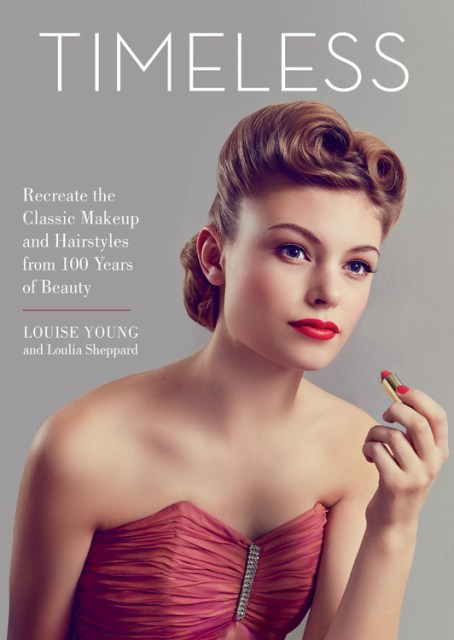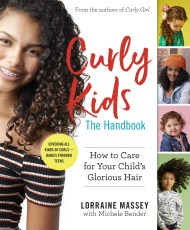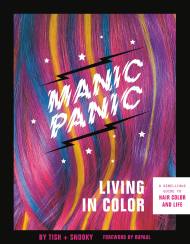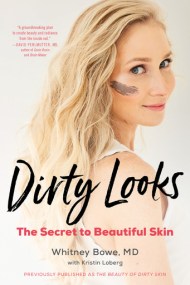Promotion
Use code MOM24 for 20% off site wide + free shipping over $45
Timeless
Recreate the Classic Makeup and Hairstyles from 100 Years of Beauty
Contributors
By Louise Young
By Loulia Sheppard
Formats and Prices
Price
$30.00Price
$39.00 CADFormat
Format:
- Hardcover $30.00 $39.00 CAD
- ebook $15.99 $20.99 CAD
This item is a preorder. Your payment method will be charged immediately, and the product is expected to ship on or around October 2, 2018. This date is subject to change due to shipping delays beyond our control.
Also available from:
Timeless is a beauty bible for the golden ages of style. Step-by-step photography and clear, concise instructions help you to recreate the most memorable makeup and hair looks of the past 100 years, including:
- The silent-screen “vamp”
- Jazz-Age bob and smoldering eyes
- 1930s Hollywood glamour
- World War II-era red lips and victory rolls
- The 1950s bombshell
- Swinging ’60s London Look
- Disco-fever beauty
- The colorful, eclectic ’80s
- Grunge-era chic
Throughout, Timeless provides inspiration and instruction on how to recreate the looks of beauty icons like Louise Brooks, Clara Bow, Ginger Rogers, Myrna Loy, Betty Grable, Rita Hayworth, Ava Gardner, Lauren Bacall, Gene Tierney, Grace Kelly, Lucille Ball, Elizabeth Taylor, Marilyn Monroe, Audrey Hepburn, Jean Shrimpton, Sophia Loren, Farrah Fawcett, Julia Roberts, Brooke Shields, Kate Moss, Drew Barrymore, and many more.
Accurate, practical, and beautiful, this is the ultimate guide to the most classic looks of all time-a must-have for makeup artists, hairstylists, classic film fans, and anyone interested in incorporating vintage style into the modern day.
Genre:
- On Sale
- Oct 2, 2018
- Page Count
- 256 pages
- Publisher
- Running Press
- ISBN-13
- 9780762464050
Newsletter Signup
By clicking ‘Sign Up,’ I acknowledge that I have read and agree to Hachette Book Group’s Privacy Policy and Terms of Use







